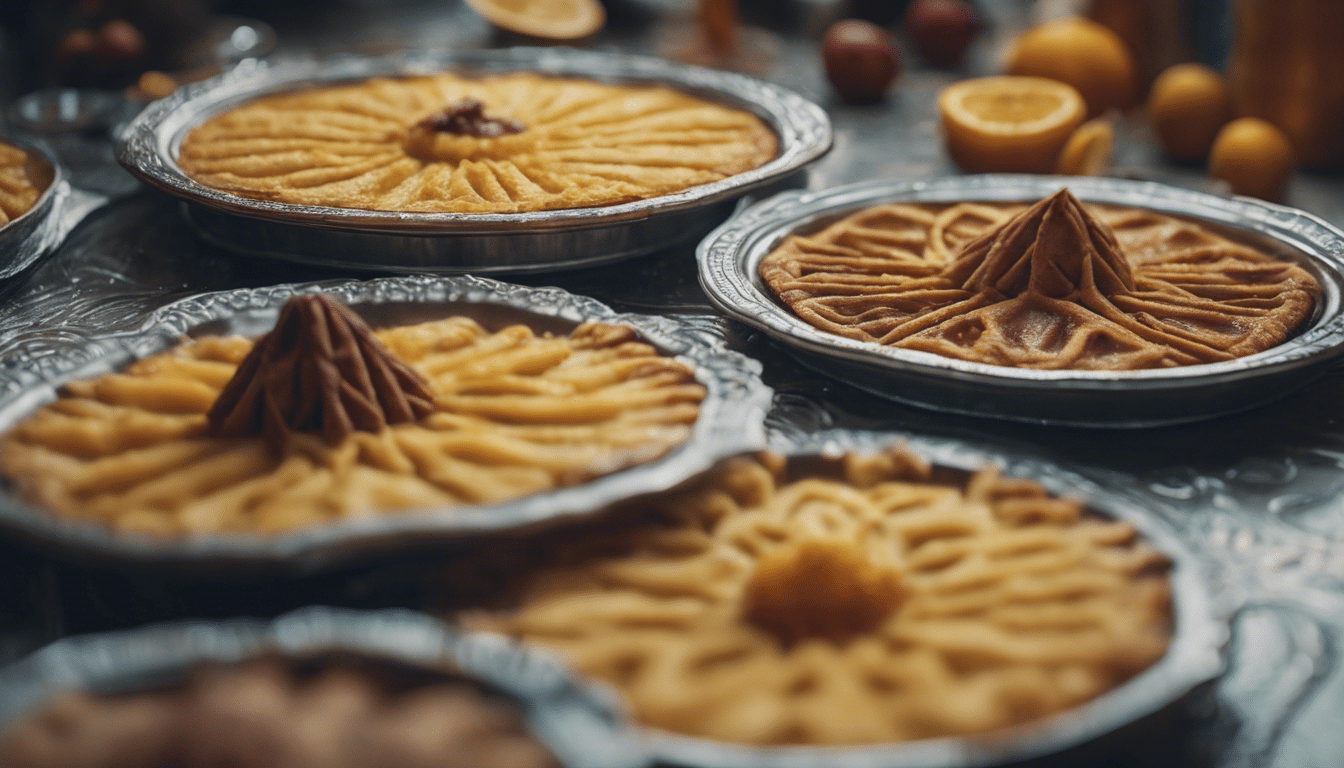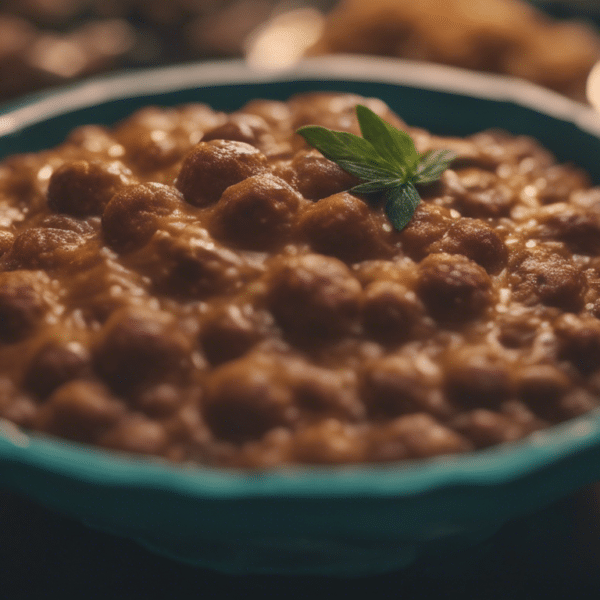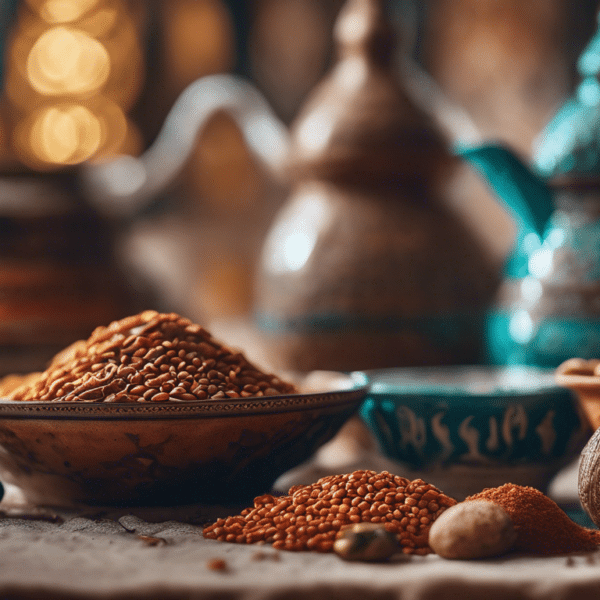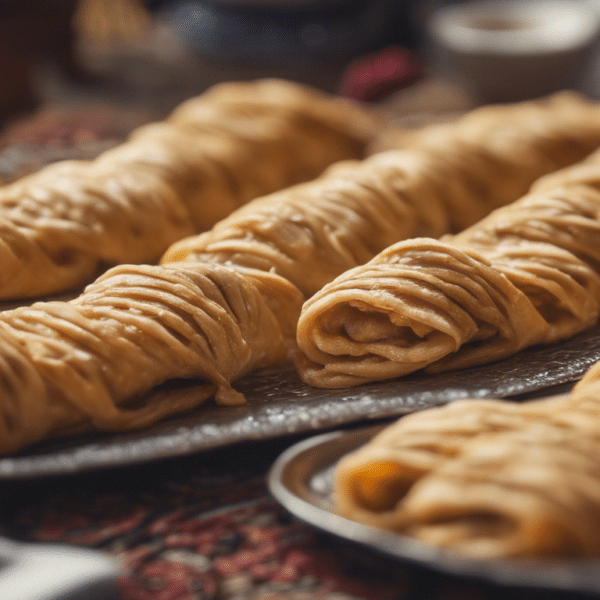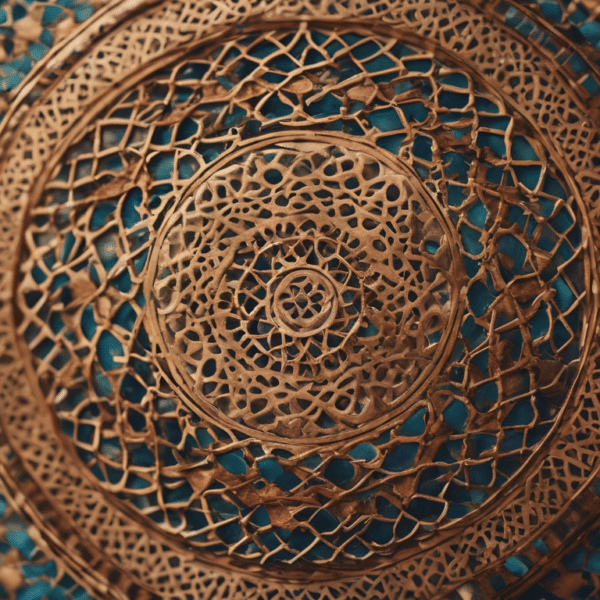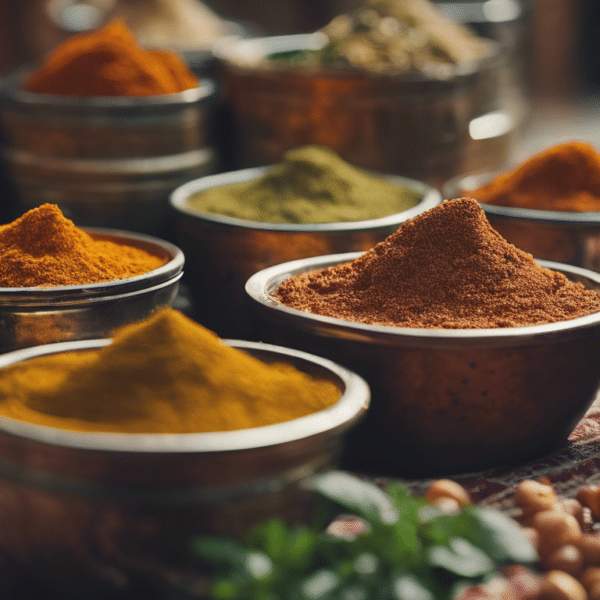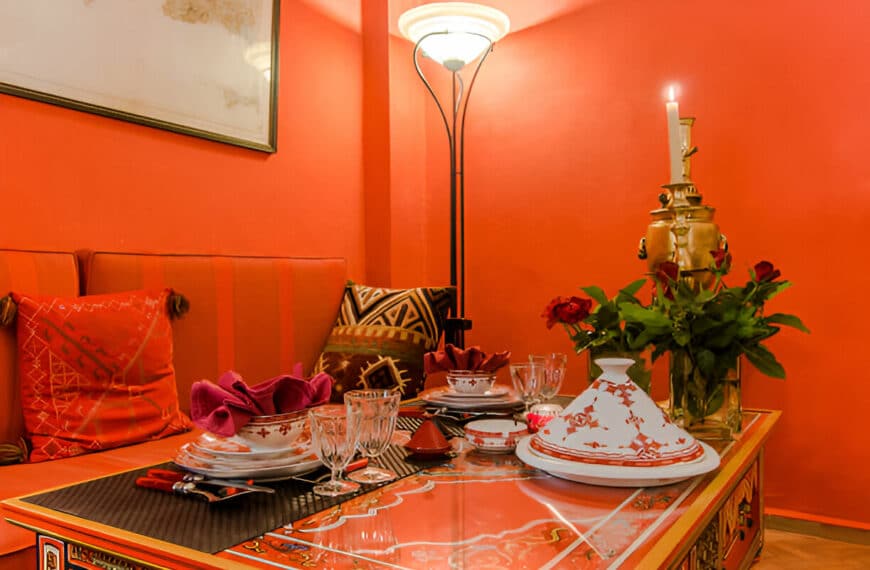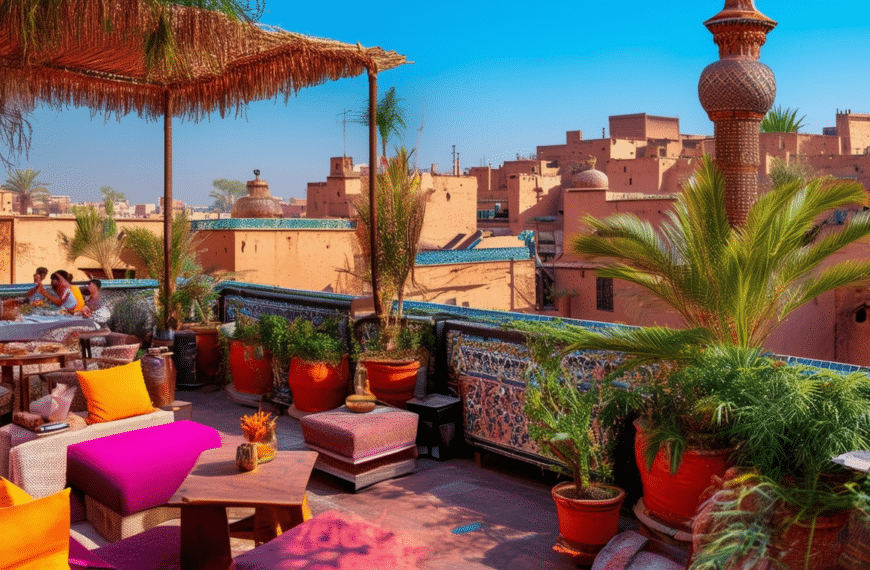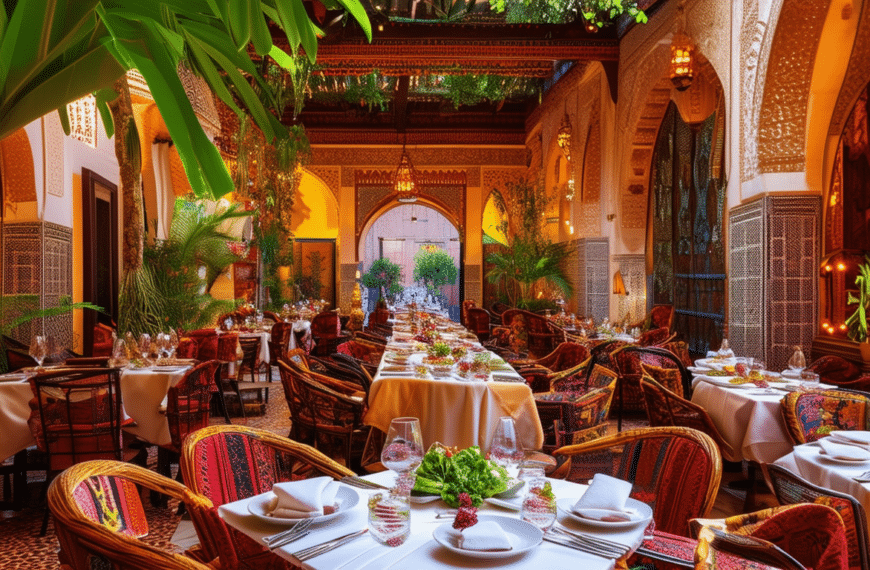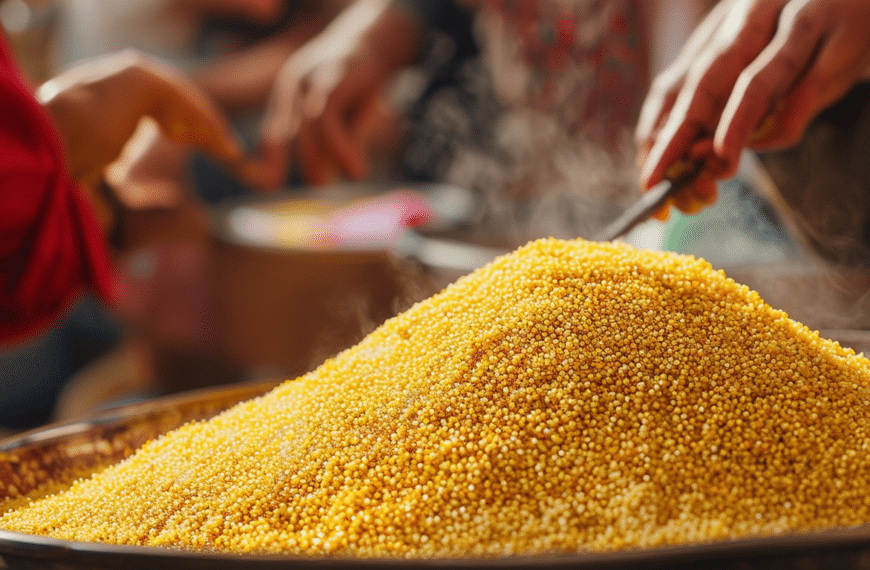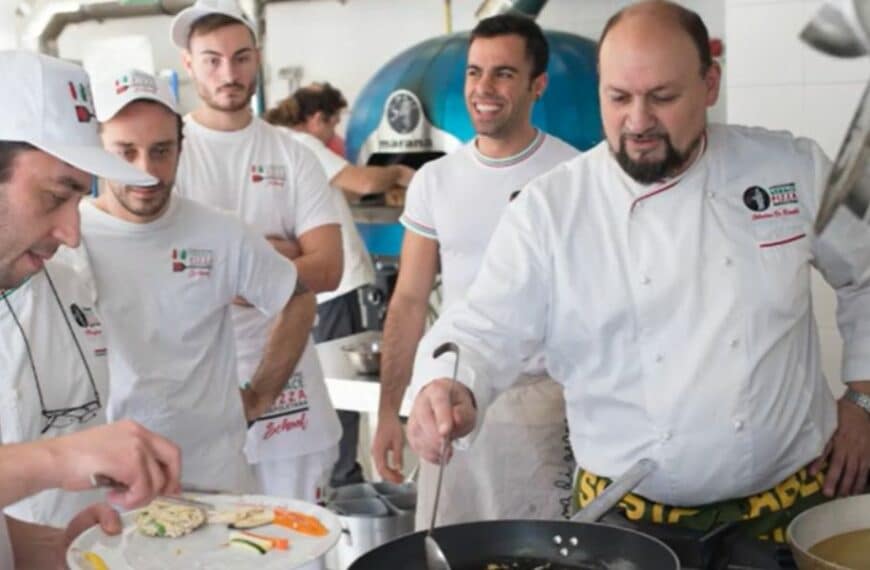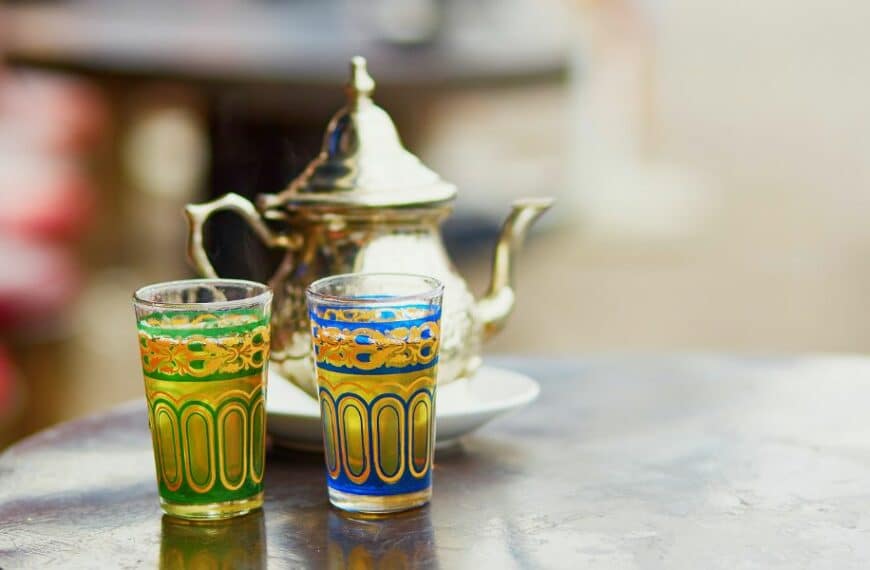Embark on a tantalizing journey through the aromatic allure of Moroccan cuisine as we unwrap the secrets to crafting delectable Pastilla combinations that promise to ignite your festive table. From the whisper-thin layers of perfectly crisp pastry to the succulent surprises tucked within, discover how to fuse tradition with innovation, creating pastries that don’t just delight the senses but transport your guests to the heart of Moroccan celebration. Ready to elevate your culinary repertoire with a symphony of spices and textures? Let’s delve into the art of making Pastilla, the Moroccan dish that’s a feast for both the eyes and palate.
Understanding the Basics of Moroccan Pastilla
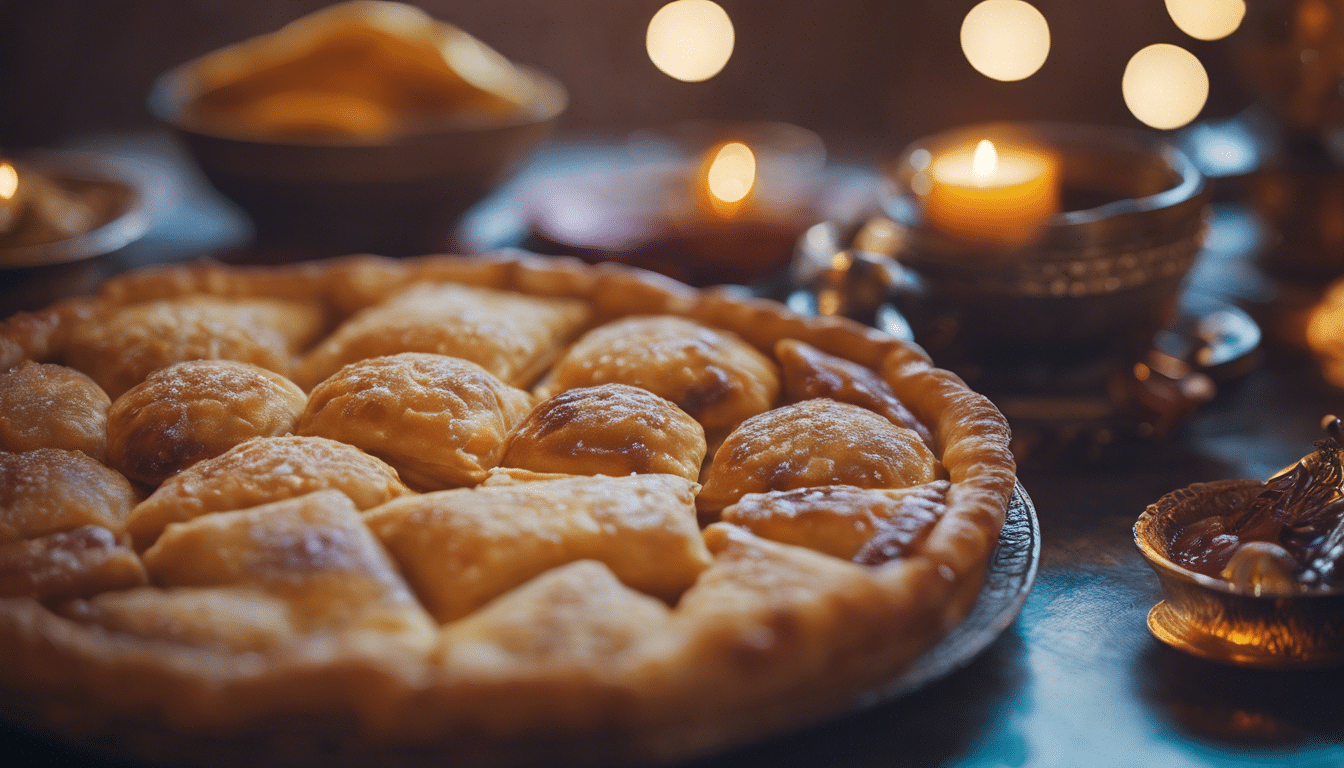
Moroccan pastilla: Understanding the basics of Moroccan pastilla
Imagine the gentle fusion of savory meats cloaked in layers of paper-thin pastry, with a surprising sprinkle of sweet powdered sugar and cinnamon. The Moroccan Pastilla, often spelled Bastilla or Bisteeya, is a dish that defies conventional culinary boundaries and transcends the simple categories of sweet or savory. Let’s embark on a journey to uncover the essential elements that make this Moroccan dish a fascinating feast for the senses.
The essence of Moroccan pastilla
As a cook who has stirred the pots in the bustling kitchens of a famed Moroccan riad, I’ve seen the magic of pastilla win over the hearts and palates of many. At its core, the dish is a symphony of meticulously cooked pigeon or chicken, although modern renditions feature seafood or purely vegetarian versions. The meat is tenderly spiced with ras el hanout, ginger, and saffron, then intertwined with beaten eggs and crunchy almonds, creating a rich filling that’s traditionally wrapped in crispy warqa pastry.
Crafting the perfect pastry layer
The true star of any pastilla is the warqa – a dough as thin as a whisper, which requires a skilled hand to craft. While phyllo dough might offer a convenient alternative, the traditional warqa brings a unique texture that is essential to the pastilla’s character. This delicate pastry is then folded over the aromatic filling, creating a parcel that, once cooked, boasts a golden, flaky exterior.
The art of seasoning and garnishing
Seasoning is integral to pastilla, ensuring each bite carries the essence of Moroccan cuisine. The blend of sweet and savory spices is where the pastilla’s soul lies. But it’s the dusting of powdered sugar and cinnamon over the crisp top that gracefully dances on the line between a main dish and a dessert.
Customizing your pastilla experience
In this exploration of pastilla, we find a dish that welcomes creative twists, much like the journeys of an epicurean traveler, eager to embrace fresh experiences. Whether it’s incorporating various fillings, such as spiced lamb, duck, or a medley of vegetables, to playing with different spices or nuts, pastilla is a canvas for culinary creativity.
Serving the Moroccan pastilla masterpiece
When the pastilla is ready, its place at the table is more than just about satisfying hunger—it’s a centerpiece, a conversation starter, and a celebration of Moroccan culture. Served hot, often with a side of harissa for those who favor a spicy kick, pastilla becomes an unforgettable gastronomic memory.
In the world of Moroccan cuisine, pastilla stands tall, bridging the gap between the intricate art of cooking and the sheer pleasure of eating. Understanding the basics of Moroccan pastilla is not simply about following a recipe – it’s about embracing a piece of Morocco’s rich culinary heritage and adding your own chapter to its ever-evolving story.
Exploring Traditional Ingredients for Authentic Flavor
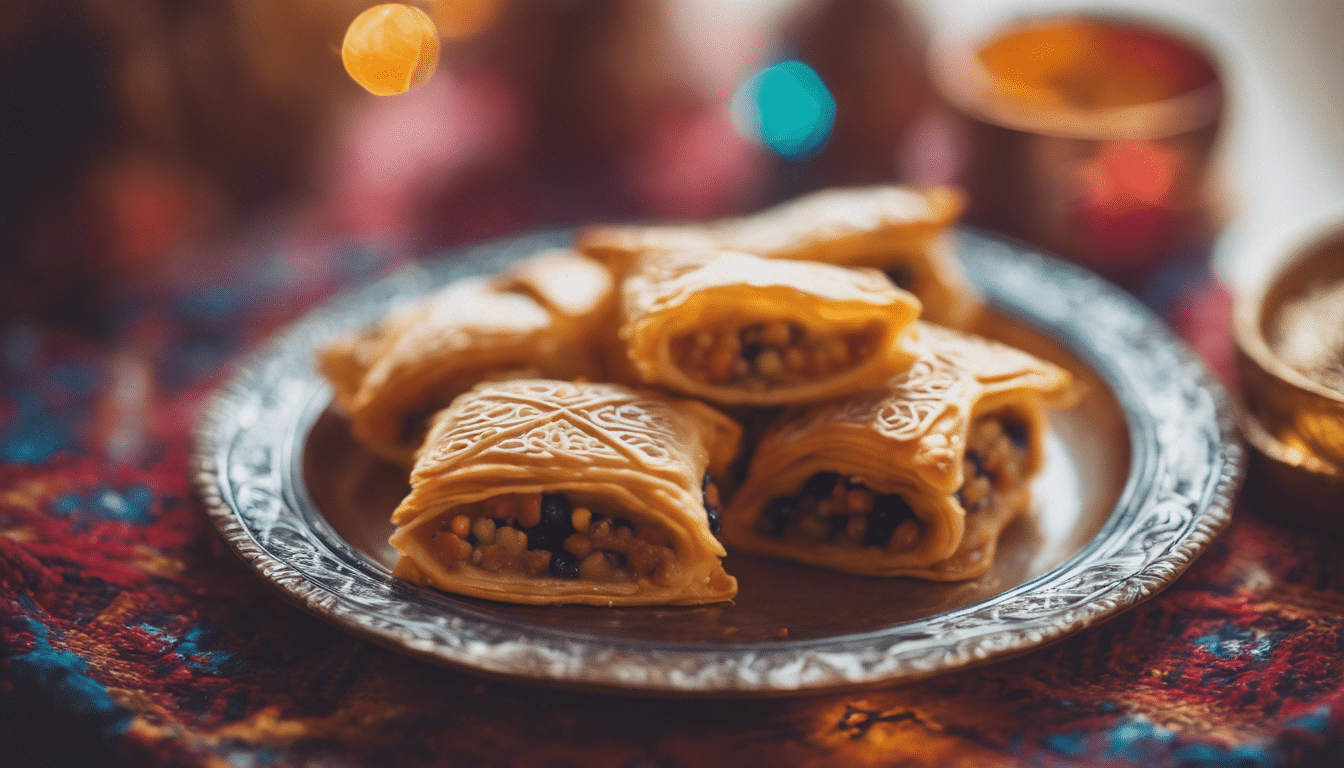
Nestled within the tapestried labyrinth of Moroccan cuisine lies the pastilla, a dish steeped in history and flavor. Imagine unwrapping a parcel of flaky, golden layers to uncover a symphony of spices and textures. The essence of the pastilla is grounded in the harmony of its ingredients, weaving a culinary narrative that is as rich as the Moroccan culture itself.
Savoring the Spices of the Souk
Step into the vibrancy of a Moroccan souk, where the air is alive with the melodies of trade and the alluring dance of spices. Here we find the soul of pastilla, where each seller offers a palette of earthy hues and piquant aromas. The pillars of the pastilla’s seasoning rest on the shoulders of cinnamon, turmeric, ginger, and saffron. These spices are more than mere flavor; they encapsulate centuries of trade and tradition, vital ingredients that transcend their culinary use to represent a people’s journey through time.
The Essence of the Filling
At the heart of the pastilla is its filling, a testament to Moroccan hospitality and ingenuity. Traditionally, the pastilla was graced with the tender delicacies of pigeon meat, a symbol of opulence and celebration. However, the modern table often finds this dish embracing chicken as a more accessible yet equally cherished alternative. Meticulously cooked with onions, garlic, and a bouquet of herbs, the meat is tenderized until it submits to the flavors it’s imbued with. The filling is then enhanced with the sweet surprise of ground almonds, dusted with sugar and cinnamon, balancing the savory with the sweet, the hearty with the delicate.
– Spices: Cinnamon, turmeric, ginger, saffron
– Meats: Pigeon or chicken
– Sweet notes: Ground almonds, powdered sugar
The Artistry of Warka
An essential element of the pastilla’s identity is its delicate crust, known as warka. Crafting these paper-thin layers is an art passed down through generations, each sheet a canvas for the cook’s expertise. The warka’s role is not merely as a container but as a contrast to the moist filling, offering a crisp counterpoint that shatters with every bite. The preparation of warka is a ritual in itself, its preparation a dance between flour, water, and the subtle flick of the wrist.
Gathering Around the Moroccan Table
Pastilla is not just food; it is a gatherer of people, a centerpiece that draws families and friends to the Moroccan table. It transcends being a mere dish to become an experience, a conversation starter, and a shared journey through the flavors of Morocco. As with many Moroccan dishes, the pastilla is traditionally served during celebrations and is often followed by an array of other national treasures like couscous and sweet mint tea.
A Sensory Journey to Remember
Embarking on the creation of a pastilla is to undertake a sensory journey, a venture into the heart of Moroccan culinary heritage. From the bustling souks and tactile pleasures of spice blending to the mesmerizing assembly of layers giving rise to its iconic form, each step is essential to capturing the authentic flavor of this beloved dish.
As we explore the nuances of Moroccan pastilla, we unlock more than a recipe—we unravel a story told through the whispers of spices, the embrace of textures, and a culture’s devotion to sharing its culinary treasures.’]).
Mastering the Art of Filo Dough Preparation
Embarking on the journey of creating the quintessential Moroccan dish—Pastilla—is akin to orchestrating a symphony; every element needs to harmonize flawlessly. The filo dough, light as a feather yet strong enough to cradle the filling, is the foundation upon which this savory delight is built. Let’s unfurl the scroll of secrets to perfecting the art of filo dough for an authentic Moroccan Pastilla.
Whispers of the Ancestors: The Heritage of Pastilla
Before diving into the folds of dough and spices, it’s essential to honor the roots of Pastilla. This layered pastry carries more than just flavors; it tells a tale of cultural intersections, a banquet offering from the fusion of Moorish decadence and Andalusian flair. Understanding its legacy is the first step in capturing its essence.
The Canvas: Preparing the Filo Dough
The road to a crisp, golden Pastilla begins with the paper-thin sheets of filo dough. It’s a dance of balance—subtle yet resilient. Here’s a glimpse into the process:
1. Mix flour, water, and a touch of salt – these are the humble beginnings of filo dough.
2. Knead with passion, let the ingredients entwine until you have a supple ball of potential.
3. Rest, for even dough needs to pause before the stretch.
4. With a rolling pin as your wand, conjure the dough into transparent sheets, revealing your culinary devotion.
The Filling: A Confluence of Flavors
While the filo dough basks in its delicate glory, the filling—a rhapsody of finely chopped onions, succulent chicken or pigeon, a shower of almonds sautéed to a golden blush, and the intoxicating warmth of cinnamon and spices—awaits its grand enclosure. The assembly is a ritual, layering meat and nuts within the embrace of the filo.
Secrets to Filo Dough Mastery
Mastering filo dough requires more than just a recipe; it demands finesse and a few key strategies:
– Embrace patience; filo dough can sense haste and will tear if rushed.
– Keep the sheets covered with a damp towel, for they are as prone to drying as a desert rose.
– Use a brush to anoint each layer with melted butter or oil, ensuring a crisp finish.
Pastilla is generous in form and spirit, hence, do not shy away from multiple layers—each adds character and depth.
The Finishing Touches: Baking to Perfection
Nestled in its filo cradle, the Pastilla must now transform under the alchemy of heat. Slide it into an oven preheated to the breath of the Sahara and wait as it transmutes into a golden tapestry of crunch and savor. The bake is a vigil, a period of anticipation where scents waft with promises of a feast.
The Reveal: Serving Pastilla with Pomp
When the time comes, the Pastilla emerges, a regal parcel from the oven’s womb. Adorned with a veil of powdered sugar and lace patterns of cinnamon, its beauty is a preamble to the explosion of taste it offers. Slice it with reverence and serve to gasps and eager hands, for this is more than a meal—it’s a masterpiece you have woven with dough and desire.
The journey does not end with the last bite; it’s a prelude to many, where each Pastilla is a new story on the palate. In mastering the art of filo dough preparation for the Moroccan Pastilla, you have not just fed the body, but also the soul—keeping alight the shimmering flame of Moroccan culinary heritage.

